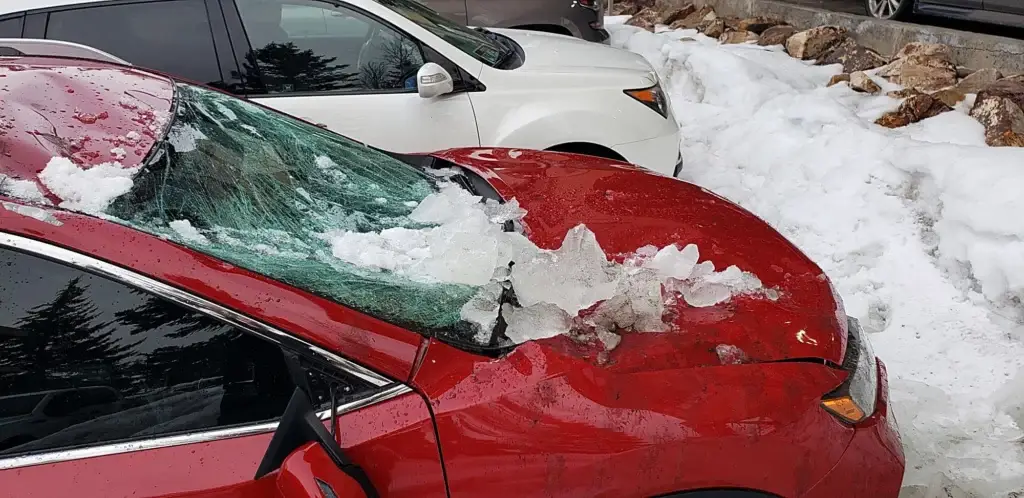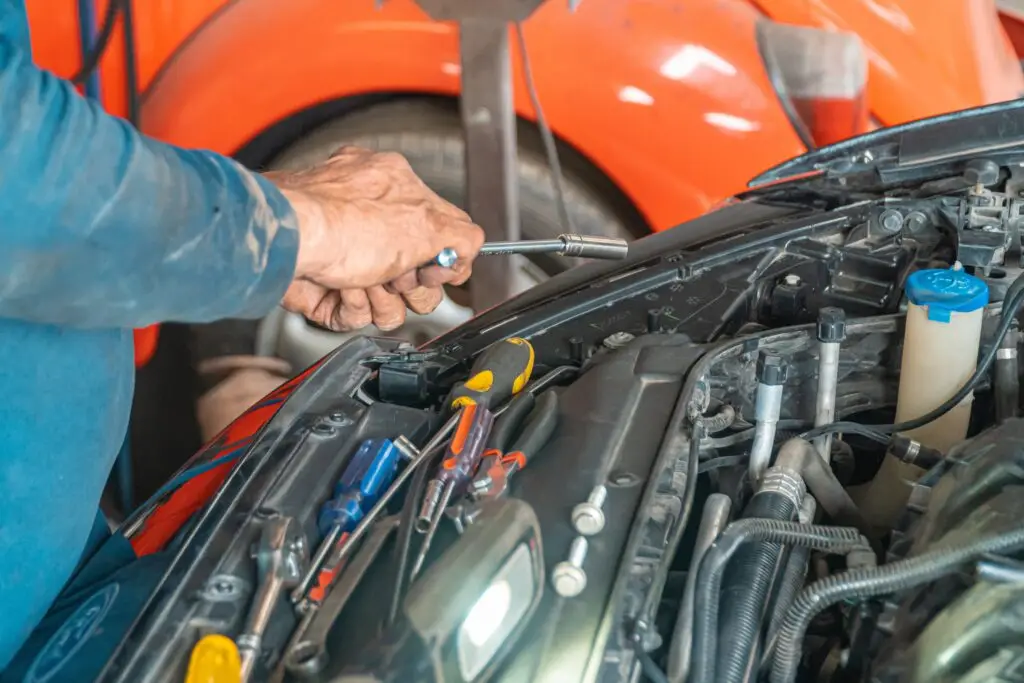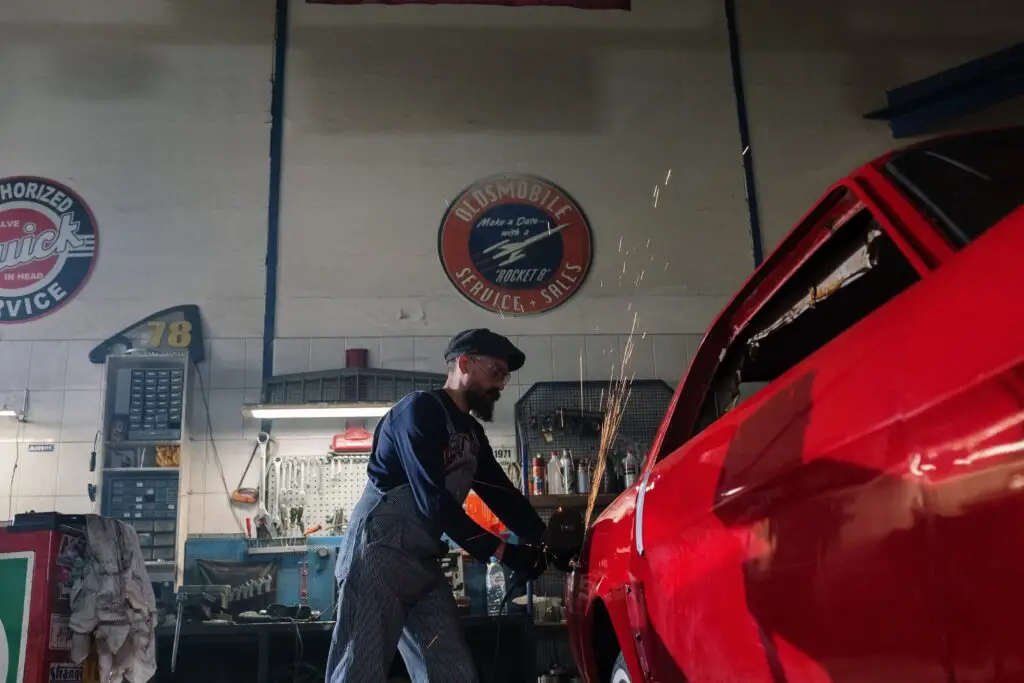A windshield can break for various reasons, including the impact of a rock or other debris on the road, extreme temperature changes, manufacturing defects, and improper installation. Additionally, a windshield may break due to stress caused by an accident or collision.
What are the threats to windscreens?
Windscreens are exposed to a lot of different threats every day. Some of them are easily preventable, while others are unavoidable. The most common cause of windscreen breakage is road debris – it’s not just a problem for windscreen repairs but for new windscreens. Road debris is a general term for any object that is not part of the car that you can see on the road. Debris can include glass, plastic, wood or even metal pieces. These are usually the biggest threat to windscreens. Another major cause is tree branches. In the countryside, windscreens are exposed to branches from trees. They can be quite unpredictable and often come without warning.
Why do windscreens crack or break?
Windshields can crack or break due to a variety of reasons, including:
- Impact from a rock or other debris on the road: Small rocks and debris can chip or crack a windshield when they hit it at high speeds.
- Extreme temperature changes: Rapid temperature changes and heating effect can cause a windshield to expand and contract, leading to stress fractures and cracks.
- Manufacturing defects: Sometimes, windshields may have defects in the glass that can make them more prone to cracking or breaking.
- Improper installation: If a windshield is not installed correctly, it may be more likely to crack or break due to improper alignment and tension on the glass.
- Stress caused by an accident or collision: A windshield can break or crack if a large object hits it or the car is involved in a collision
- How to avoid windscreen damage or cracks?
Windscreen damage can be caused by several factors, the most common types and cracks of chips are being icy roads or a small stone or other debris hitting the windscreen. Ice on the windscreen can cause it to crack as the vehicle hits bumps, or it can hit something on the road that causes the windscreen to crack or break. When the windscreen cracks or breaks, it should be replaced immediately. Small cracks may seem harmless, but they can quickly become large ones affecting driver visibility. Large cracks or breaks can be potentially dangerous to the vehicle’s occupants and illegal to drive with. If you notice your windscreen is cracked, you should go for windshield repair immediately to ensure your safety and that of other drivers on the road.
Tips to reduce windscreen damage or cracks
Here are some tips to help reduce windscreen damage or cracks:
Use a bug deflector: A bug deflector can help deflect rocks and debris away from your windshield, reducing the risk of damage.
- Slow down when driving on rough roads: The faster you’re going, the more likely a rock or other debris will cause damage to your windshield.
- Avoid parking in direct sunlight: If possible, park your car in a shaded area or use a sunshade to reduce the heating effect on your windshield.
- Keep your windshield wipers in good condition: Make sure they are in good working condition and replace them if worn or damaged.
- Clean your windshield regularly: Cleaning your windshield regularly can help remove dirt, grime, and other debris that can cause damage.
- Have it inspected by a professional: If you notice any chips or cracks, have your windshield inspected by a professional as soon as possible to avoid further damage.
- Avoid leaning or putting heavy objects on the windshield: Avoid leaning on the windshield or putting heavy objects on it, as this can cause stress on the glass and lead to cracks or breaks.
Windscreen repairs and damages are a common problem in older vehicles. With increased safety requirements, newer vehicles are better protected from breakage. Unfortunately, even newer vehicles can suffer from windscreen breakage without any warning. Contact us for the best results if you need repairs to your windscreen.





